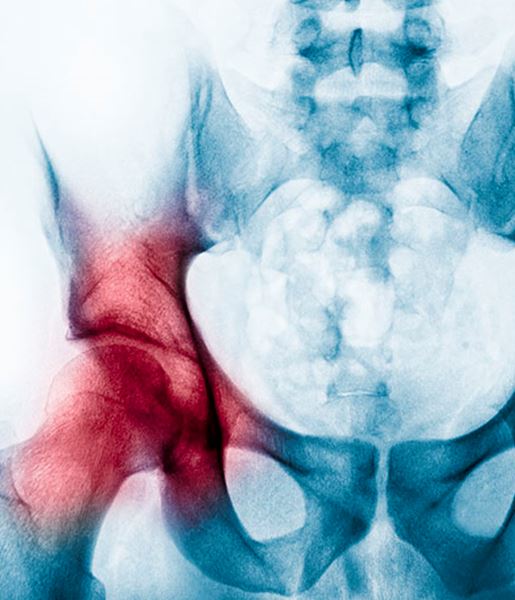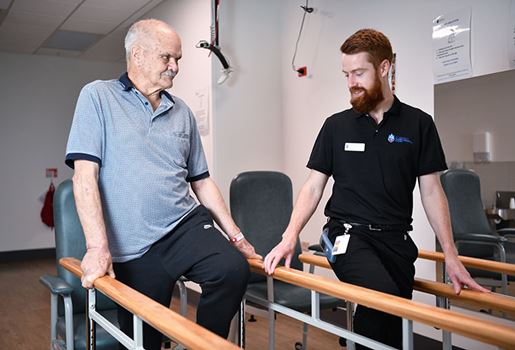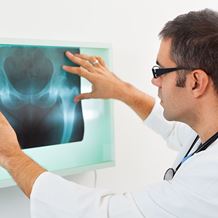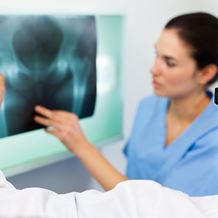Hip Dysplasia Surgery
- Home
- Services
- Orthopaedics
- Hip Orthopaedics
- Other Hip Surgeries and Procedures
- Hip Dysplasia Surgery
How do you know if you need hip dysplasia surgery?
Hip dysplasia occurs when the hip socket is too shallow to fully support the ball of the hip. The hip joint is then forced to support weight over a smaller surface which causes the cartilage to break down. This can cause pain, limping, as well as an unstable feeling. Hip dysplasia is usually diagnosed in childhood, but if left untreated it can make the joint more susceptible to osteoarthritis and go on to cause a labral tear .
If there is enough cartilage remaining between the ball and socket, realignment surgery is often recommended as a way to limit further damage to the joint. The ball and socket are both reshaped to restore movement and range of motion. Without enough cartilage left for the joint to function smoothly, total hip replacement is usually recommended as a way to restore mobility and relieve pain. As hip dysplasia is a progressive condition, early diagnosis is crucial to limiting the amount of surgical intervention required.
General recovery times
Although most cases of hip dysplasia are diagnosed earlier, sometimes the symptoms can be very mild and the condition goes undetected until adulthood. When there is no sign of arthritis, realignment surgery (periacetabular osteotomy) is often recommended, and as it is a significant procedure you are likely to be in hospital for up to 5 days. There will be some pain and numbness after the operation, this is completely normal and can be managed with medication.
Gentle physiotherapy begins immediately after surgery but once you return home, no formal physio treatment will be needed for the initial eight weeks. The focus is firmly on increasing the weight bearing load and working towards crutch-free walking. After eight weeks, you will be encouraged to bear your full weight and should be walking independently after three months. Any screws used in surgery are often removed after six months at which time a full recovery is expected.
Preparation
Before undergoing hip dysplasia surgery, you will undergo a series of tests such as X-rays or MRIs, to assess the severity of the dysplasia and the anatomical structure of the hip joint. Your surgeon may request specialised tests to evaluate the vascular supply to the hip region. You may be advised to participate in pre-operative physiotherapy sessions to optimise hip muscle strength and flexibility, which can aid in post-operative recovery. You may also be instructed to stop or adjust medications, especially those that can affect bone health or increase bleeding risk. Dietary restrictions, such as fasting, are usually required the night before the surgery.

Hip replacement approaches
Other hip surgeries

How much will my hip surgery cost?
Understanding the cost of your treatment is an important consideration before committing to surgery, but it’s not always easy to find the information you need. Learn more about the factors which contribute to the cost of your surgery:
What will my treatment and recovery look like?
Familiarising yourself with your treatment program and understanding the recovery process are important steps to take on the pathway to surgery.

Find a hospital with orthopaedic services
Our Hospitals
Related services

Hip Orthopaedics
We provide specialist care and expertise for a range of problems affecting your hips.
Read More
Dysplasia
Hip dysplasia is a slight dislocation that occurs when the ball of the hip joint doesn’t fit.
Read More
Find a Specialist
Talk to our world-leading orthopaedic specialists about the most suitable treatment options.
Read More